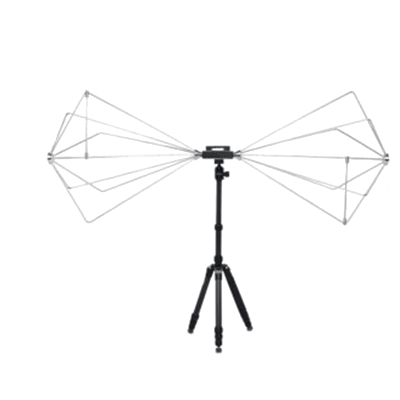What Is a Communication Antenna?

A communication antenna is a device used for emitting and receiving electromagnetic waves in wireless and radio communications. It is essential for high-speed and efficient transmission and reception of information over long distances. Transmitting antennas focus radio waves for effective transmission, while receiving antennas are sensitive to incoming electromagnetic waves.
These antennas can control the range and direction of radio wave emission and reception, allowing for targeted signal direction. However, their performance can be affected by obstructions such as buildings.
Uses of Communication Antenna
Communication antennas are used in:
1. Mobile Phone Communication
Mobile phones use transmitting and receiving antennas for voice and data transmission to and from base stations. These systems often employ antennas compatible with multiple access technologies like LTE.
2. Television and Radio Broadcasting
Transmitting antennas in broadcasting stations radiate signals over a wide area, playing a key role in controlling broadcast coverage and directionality.
3. Military Communication
In military communication systems, antennas are crucial for secure and efficient communication, with a focus on directionality and durability.
4. Automotive Communication
Used in navigation systems to receive GPS signals and in automotive-to-automotive and base station communications.
Principles of Communication Antenna
Communication antennas operate by transmitting and receiving electromagnetic waves. They resonate at specific frequencies for maximum efficiency, with the resonant frequency dependent on the antenna’s shape and material characteristics. Transmitting antennas convert electrical signals into electromagnetic waves, while receiving antennas capture these waves and convert them back into electrical signals.
How to Choose a Communication Antenna
Key factors to consider when selecting a communication antenna include:
1. Frequency Band
Choose an antenna that matches the frequency band of the communication system in use.
2. Gain
Consider the balance between directionality and coverage based on the communication range and environment.
3. Impedance
Ensure impedance matching between the antenna and the transmitter/receiver for efficient signal transmission.
4. Waterproofing
For outdoor installations, select waterproof antennas to ensure long-term durability in various environments.